Dredging Up Drone Issues

There is a lot of talk these days about using drones to inspect exterior building walls. Aside from issues regarding safety, liability, federal regulations, etc. there is little doubt that up close video photography can be a helpful tool. Visual inspection using binoculars from ground-level or other vantage points is a basic part of exterior wall inspection and investigation procedures. This process can only benefit from the use of drones in terms of being able to quickly examine large areas with good quality imaging (documentation).
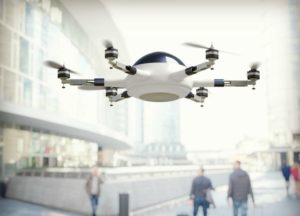 However, any visual inspection is limited. An up-close inspection by a qualified inspector or engineer (using a roof-mounted swing stage, scaffolding, or a man-lift) provides the most reliable information possible by allowing the person to touch, probe, and sound (tap) areas of concern to check for delamination, stability, soundness, etc.
However, any visual inspection is limited. An up-close inspection by a qualified inspector or engineer (using a roof-mounted swing stage, scaffolding, or a man-lift) provides the most reliable information possible by allowing the person to touch, probe, and sound (tap) areas of concern to check for delamination, stability, soundness, etc.
In addition, having an individual “on the wall” allows for intrusive sampling needed to determine in-place, hidden conditions. Visual examination alone cannot fully evaluate these matters.
Yes, drones can be a valuable part of an exterior wall inspection and/or evaluation. We own a drone and use it for certain inspections. However, drones alone are not capable of providing all the information necessary to perform a complete and comprehensive investigation of exterior walls or building conditions.


 When buying a condominium or renting an apartment, amenity spaces have become an important aspect of resident’s comfort and lifestyle. In newer developments, as the size of the apartment is shrinking, it is the amenity spaces that become the home and outlet for activities. Traditionally, a residential building has a club room, weight room and an outdoor pool, which still serves well for many communities. However, in today’s market, buyers have many new interests and requirements. In general, the trend has been leaning towards spaces that suggest specific activity areas. Here is a list of growing trends in amenity spaces that has grabbed our attention.
When buying a condominium or renting an apartment, amenity spaces have become an important aspect of resident’s comfort and lifestyle. In newer developments, as the size of the apartment is shrinking, it is the amenity spaces that become the home and outlet for activities. Traditionally, a residential building has a club room, weight room and an outdoor pool, which still serves well for many communities. However, in today’s market, buyers have many new interests and requirements. In general, the trend has been leaning towards spaces that suggest specific activity areas. Here is a list of growing trends in amenity spaces that has grabbed our attention. Most importantly is your safety. Be sure to wear appropriate protection such as a hard hat, construction boots, yellow safety vest and safety glasses.
Most importantly is your safety. Be sure to wear appropriate protection such as a hard hat, construction boots, yellow safety vest and safety glasses.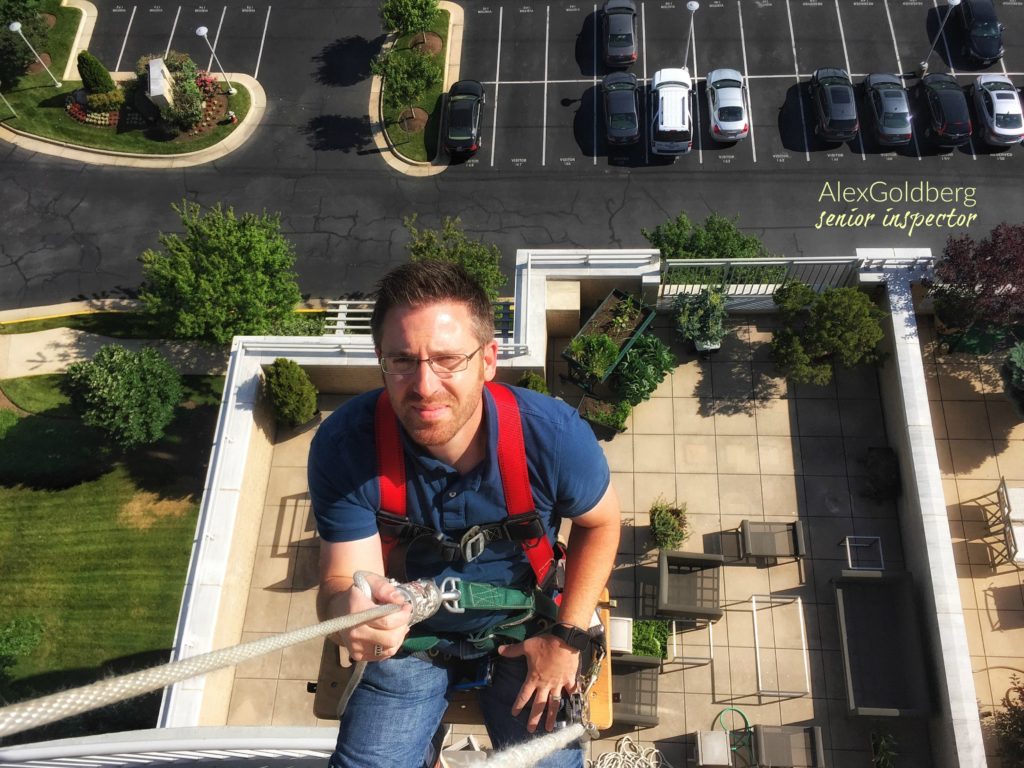

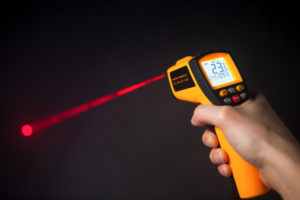 Advances in imagining and sonic technology have long been embraced by engineers and are being used every day to help
Advances in imagining and sonic technology have long been embraced by engineers and are being used every day to help 
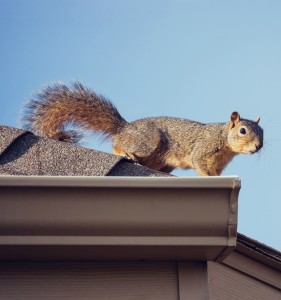 What’s not to like about furry little critters? Squirrels are impressive, if frantic little athletes and raccoons have a certain mischievous appeal. If you take the time to observe them, birds are fascinating. But…when these little charmers invade our homes, they turn into obnoxious, destructive, noisy, fertilizer factories. They eat our soffits and clog our dryer vents. They smell bad. They become vermin that must be ousted or eliminated. It’s not entirely fair to blame them. That dryer vent or attic makes a perfect nesting site, sheltered from the elements, inaccessible to most predators with plenty of room for the youngsters to play.
What’s not to like about furry little critters? Squirrels are impressive, if frantic little athletes and raccoons have a certain mischievous appeal. If you take the time to observe them, birds are fascinating. But…when these little charmers invade our homes, they turn into obnoxious, destructive, noisy, fertilizer factories. They eat our soffits and clog our dryer vents. They smell bad. They become vermin that must be ousted or eliminated. It’s not entirely fair to blame them. That dryer vent or attic makes a perfect nesting site, sheltered from the elements, inaccessible to most predators with plenty of room for the youngsters to play.

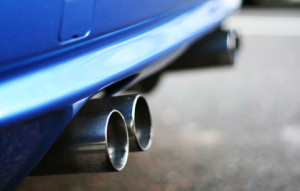 Did you know carbon monoxide (CO) detectors have shorter life span than most household equipment (such as air conditioning units, water heaters, washers and dryers etc.)? On average, carbon monoxide detectors have service lives of about five years. If you have not replaced your carbon monoxide detectors in the past five to six years, they’ve probably stopped working correctly.
Did you know carbon monoxide (CO) detectors have shorter life span than most household equipment (such as air conditioning units, water heaters, washers and dryers etc.)? On average, carbon monoxide detectors have service lives of about five years. If you have not replaced your carbon monoxide detectors in the past five to six years, they’ve probably stopped working correctly.